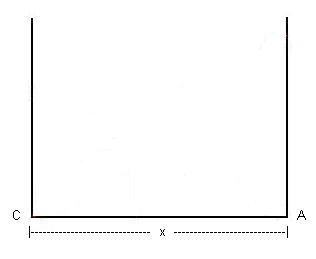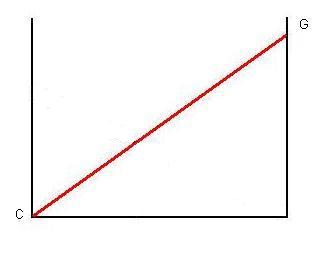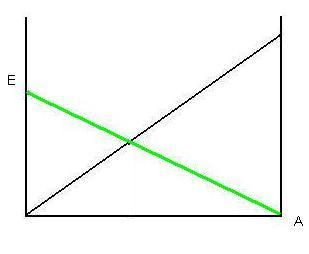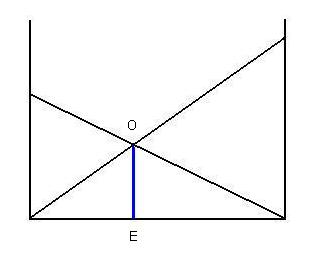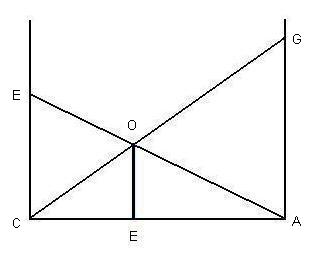|
|
Crossing
Ladders
|
|
|
|
|
The Crossing Ladders ProblemThe Crossing Ladders Problem is a classic trigonometry problem which has been challenging high school students for generations. This website describes the problem and presents the solution in complete detail. |
Anything but TrivialTrig students (and even some professors!) who see the problem often believe that the solution requires only a trivial application of the Pythagorean Theorem. In fact, however, this classic problem is much more difficult than it first appears.
Colin FosterThe solution was provided by Colin Foster, who deserves all the credit for the solution presented here. Exclusive SourceThis website is the exclusive source for the Crossing Ladders Problem. Here you will find a complete, detailed and step-by-step explanation of solution, with equations and diagrams. We created this website because we could find no other website that gives a complete solution to the Crossing Ladders Problem.
About JoeJoe has been working on the problem since his Father first posed the problem when Joe was a high school sophomore. Over the years, he spent perhaps hundreds of hours trying to solve it. At a family dinner in early 2001, Joe told his nephew, Nick, the story of his 40-year quest for a solution. Joe's father remembered the problem but not the solution. Joe surveyed the Internet and found several websites that discussed the problem but none that provided the solution. One of them is maintained by Colin Foster. Joe emailed Colin to discuss the problem, and Colin provided Joe with the solution, which is detailed here. |
|
The ProblemHere is one version of the classic Crossing Ladders problem, as has been presented to trigonometry students for decades:
Thus, in this version, there are three variables: a 25' ladder, a 20' ladder, and a 5' vertical line that marks the height where the two ladders intersect. As this classic problem is retold, the lengths of these three variables change, but the basic problem remains the same.
|
Diagram of the ProblemLet's diagram the problem with a series of diagrams, beginning with an empty room.
The diagram above shows the room before the painter arrives. Notice that the room has two walls and a floor, and they are at right angles (90 degrees). We will label the two corners as points A and C. We are trying to determine the length, x, which is the line (AC). Now let's add the first ladder:
As shown above, the ladder forms the line (CG) (in red), which is given as 25'. Now the second ladder: The second ladder (in green) forms the line (AE), which is given as 20'. Notice that the first ladder is also shown (in black), and the two ladders cross. Let's look at the third variable:
As described in the problem, the painter measures that the point where the two ladders intersect is exactly 5' high. In the diagram above, the line from this point to the floor (blue) is labeled (OE). Notice that this line forms a right angle (90 degrees) to the floor. Now we can look at the complete diagram of the initial problem, which shows the two walls, the floor, the two ladders, the line where they intersect, and the points (A, B, etc.) used to identify the triangles and lines.:
|
||
